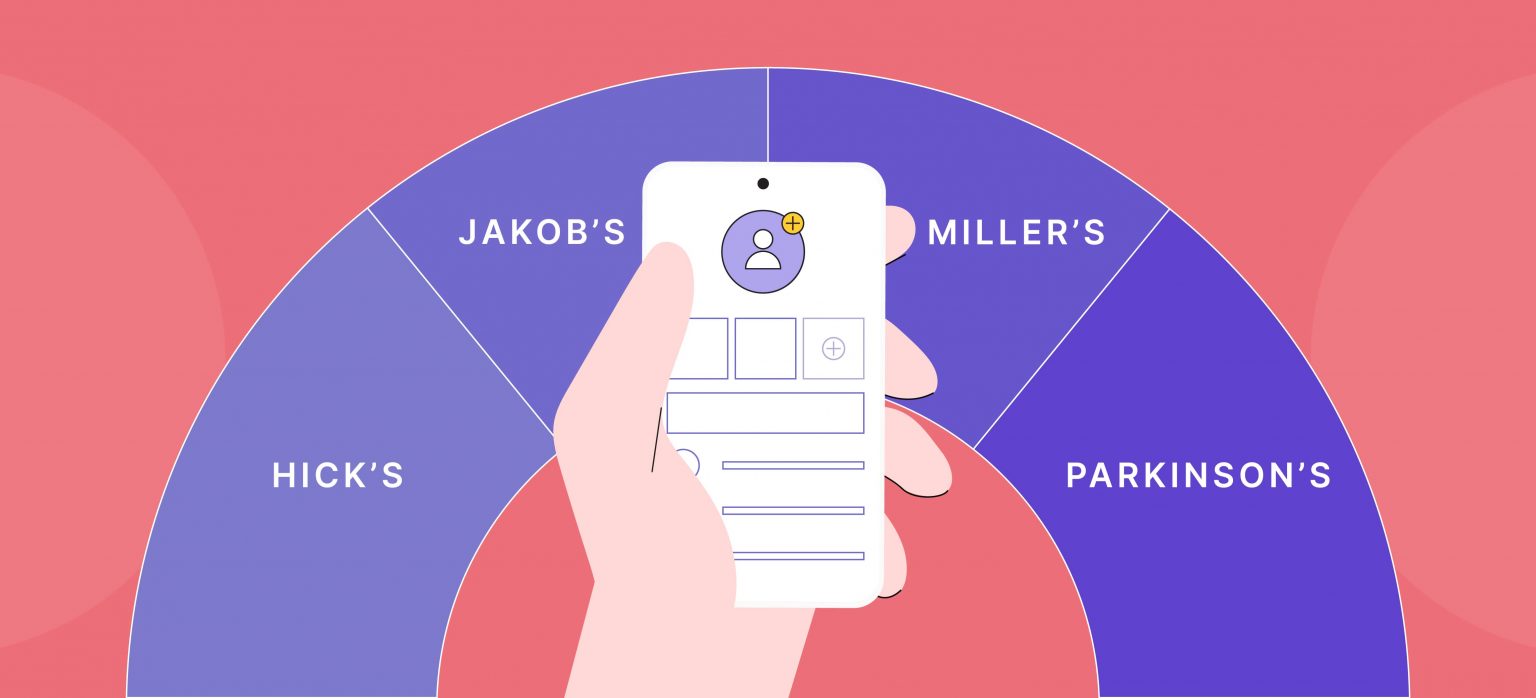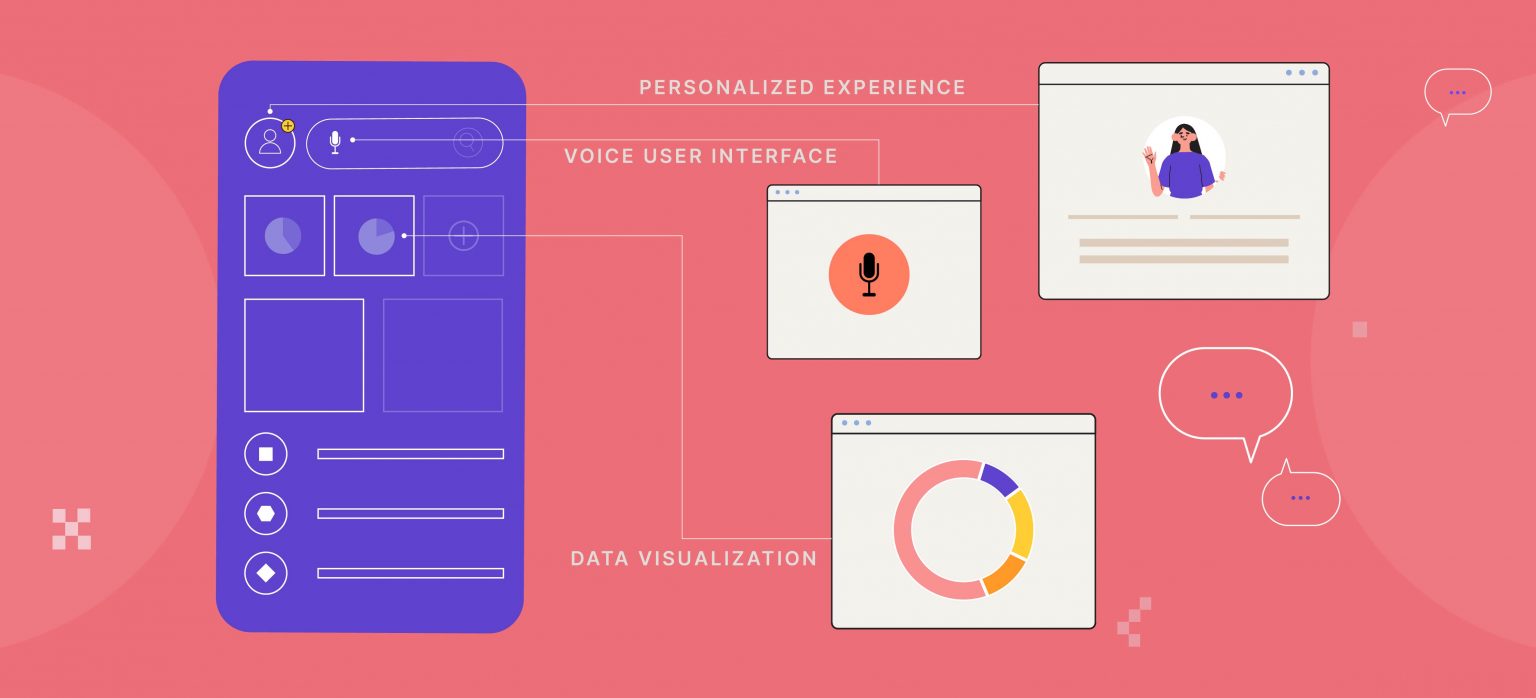


Sep 8, 2023

‘88% of online shoppers said that they would not return to a website after a bad user experience.’
Over the years, the UX design industry has evolved to become a game-changer for all product and service-based companies. It is consistently transforming the website and application experience for the end-user and making the websites and applications user-friendly, consistent, and interactive. A bad user experience can really drop a company’s overall value and lead to negative consequences such as low conversions, sales, engagement, etc. It has become evident that developing products and services that receive positive feedback from the end-user will require a robust and modern user experience.
UX or User Experience is how we interact with the products and services on all levels — physical, mental, and emotional. It’s no surprise that over the years, the UI UX Design industry has evolved, and user experience (UX) has become essential for all gadgets across the globe. For instance, when you go to a restaurant, the way you interact with the ambiance, food, music, etc., all contribute to a great experience. There are also various companies, such as Instagram providing effortless scrolling, Spotify with easy explore features for music, Trello giving users full control over boards and user permission, etc., that contribute to a smooth and pleasant user experience.
UI or User Interface is the visual elements (screens) that help end-users (humans) interact effectively with a computer, website, company, or application. A user interface (UI) is considered efficient if it is intuitive, easy to understand, and visually appealing. For example, several apps, such as Dribble, display various innovative projects with its card feature. Spotify has a catchy color gradient highlighting emotions or messages that need to be conveyed, and Pinterest has smooth and iconic color-coordinated waterfall effect creating an excellent user interface.
Now that you know the exact meaning of UI and UX, let’s talk about the major difference between them.
User Experience talks about the whole journey of the user on any website or an app while making a purchase or filling a form online. For example, if you try to shop on any e-commerce website and it starts lagging, then it accounts for an unpleasant user experience.
On the other hand, UI deals with just the product’s visual elements. For instance, combinations of typography, color palette, imagery, animations, buttons, toggles, icons, etc.
Talking about the research aspect, which is a crucial for any form of design and development process, UI UX design delves deep into competitor analysis, customer analysis and user research. In contrast, UI design involves understanding the UX design process, branding, and creating user guides and storylines.

A few laws and principles in the UI UX design industry should be kept in mind. Following these rules can help a designer create a better UI and
They say, people of this generation are spoilt with choices. We say, what’s wrong with that? Understanding Hick’s Law is essential to UI UX design, and it states that users spend more time deciding based on the number and complexity of choices.
Consider Netflix as an example, we all know that sometimes it takes more time to find a movie rather than watch it! All because of the platter of options.
To successfully execute Hick’s Law into your design, try these tips:
As users spend most of their time on multiple sites, they expect your site to function in a certain manner.
Hence, designers need to focus on using patterns and conventions their users are accustomed to. This can be in workflows, structure, page navigation, and placement of common elements. This provides a sense of familiarity and prevents users from feeling overwhelmed by learning a new mental model.
A good example for UX consultants is creating a page with a search bar. Viewers are accustomed to seeing a search bar near the top of a page, often with a magnifying glass icon. This uncomplicates the navigation, and almost all users do not want this feature to change.
Humans can only hold about 7 pieces of information in their memory at a time. Plus or minus 2. More than that, they would feel overwhelmed.
To help prevent this,designers and UI UX design India can focus on chunking or grouping information together by its related features to make them memorable and cohesive. When items are grouped in a way, the brain has more capacity for short-term memory.
For example:
0987654321
or
098–765–4321
Punctuation makes it easy for a user to remember each number.
Applied to the UI UX design industry, chunking the information by type can help users quickly complete the form easily.
This law states that work will keep extending to fill up the available time for completion.
Users will keep working on a task until their allotted time is reached.
A UI UX designer can apply this psyche to create more efficient interfaces that help users complete tasks on time. For example, if you create an eCommerce website, you can autofill some data for users during checkout, as it will save their time and put less cognitive load on them.

To give you an idea of what to expect in UX design in 2022, we did a survey to understand the current UI UX Design Industry trends. Take a look at the top UI UX design trends:
Stories have been with us since forever! Cave paintings, fairy tales, and the words and images created are examples. These stories and experiences evoke curiosity and immersiveness. Hence this timeless tool is a notable UX trend.
The more a user knows the full story of a brand or the customer experience story, the more likely they will trust the business.
This UX design industry trend is all about creating an experience that flows smoothly from one step to another. To get a seamless experience, UX designers need to focus on creating continuity, whether that’s the continuity in a specific process like making a payment or the continuity of the higher, bigger picture like the complete user journey.
It’s important that user experience is consistent and that each element is a natural progression of another.
Voice assistance (creating excellent user experiences through voice control) isn’t a new UX trend, but what’s new is how it’s taking shape today.
Lately, there is more importance given to voice interfaces and use of voice programs has increased. Therefore, the need to create a smooth experience between the user and the voice application has become a trend in UI UX design industry. That’s why there is a need to make sure that the user experience begins as a voice-first approach and not just a screen-first approach. Ir can be a hybrid of the two as well.
Personalizing user experience is not going away any time soon. Whether it is providing personalized suggestions or meeting accessibility guidelines, the goal of the UX designer is to create a product that closes the gap between what an user expects or wants and what they experience.
Personalization tends to focus on features like localization (recommending things based on user’s location), demographics (statistical data like age, gender, education, ethnicity, nationality, or religion, to name a few), and behavioral data (based on the user’s behavior on the website or app).
This is a fundamental part of user experience, but if not done right, it can be rather cryptic and overwhelming. The data visualization in UX design industry explores ways in which the experience can become visually pleasing, easily digestible, and more compelling. Some obvious ways to do this in UX design are through bar charts, line charts, and pie charts, and bright and vibrant colors.
Allowing users to expand and explore features like swiping, scrolling, or tapping, helps build engagement with the data. A balance of contrasting colors and accessible data creates an engaging experience for all users.
UX/UI has completely changed the way users experience products and services. According to research, a well-designed user interface could raise the conversion rate by up to 200% for your website, and a great UX design could yield conversion rates up to 400%. The rise in demand for UX/UI has led to multiple job opportunities in the UI UX design industry. There are various job titles such as User Experience (UX) Designer, User Experience (UX) Developer, User Interface (UI) Designer, User Interface (UI) Developer, etc. The key roles and responsibilities of UX and UI designers also include various parts such as communicating, researching, designing, developing, and maintaining. To achieve great UX/UI, you should maintain visual consistency, use appropriate color themes, etc.